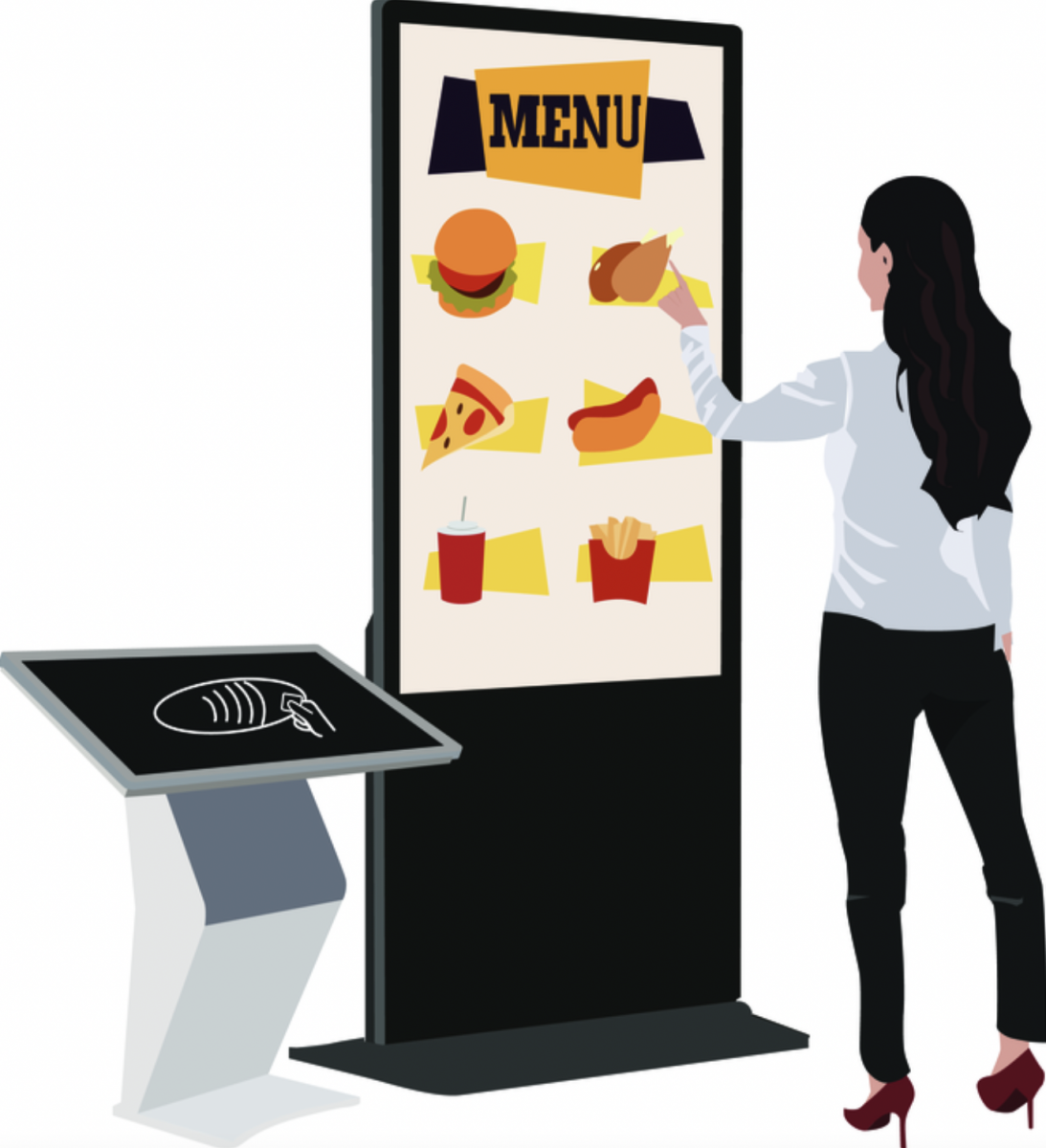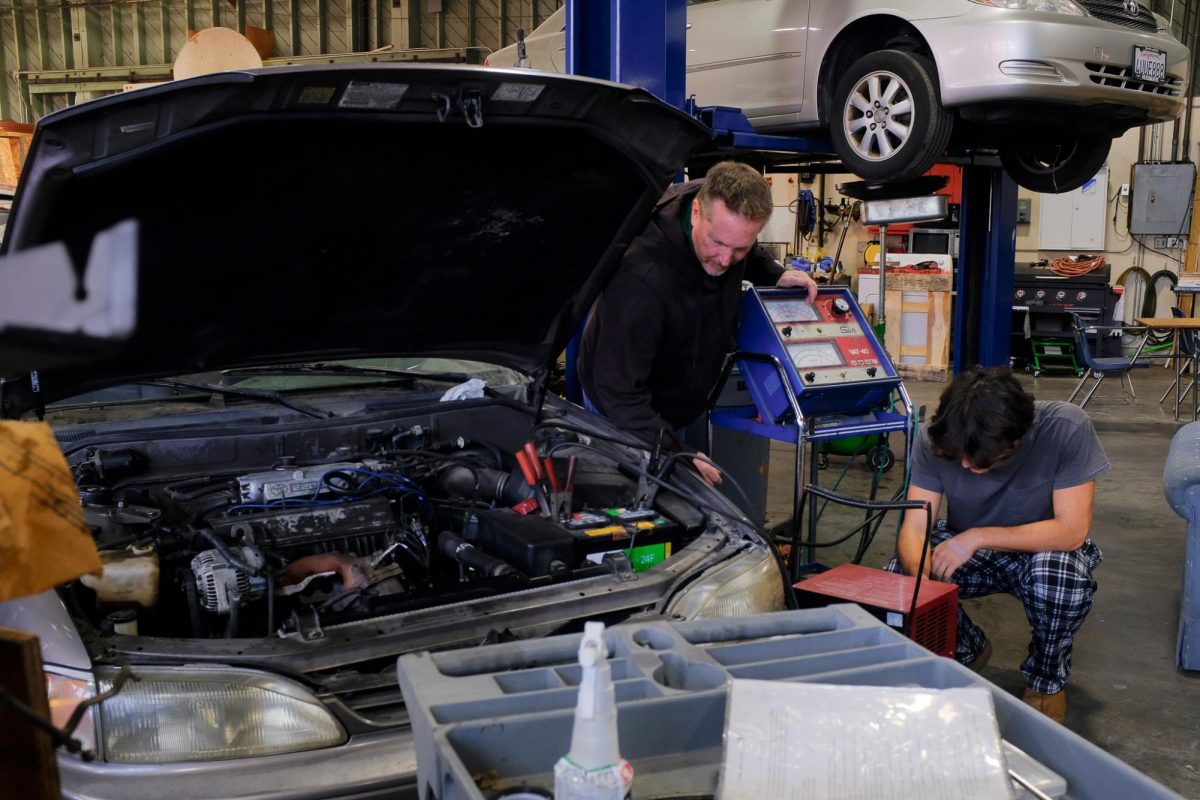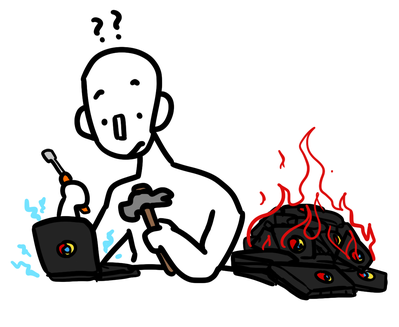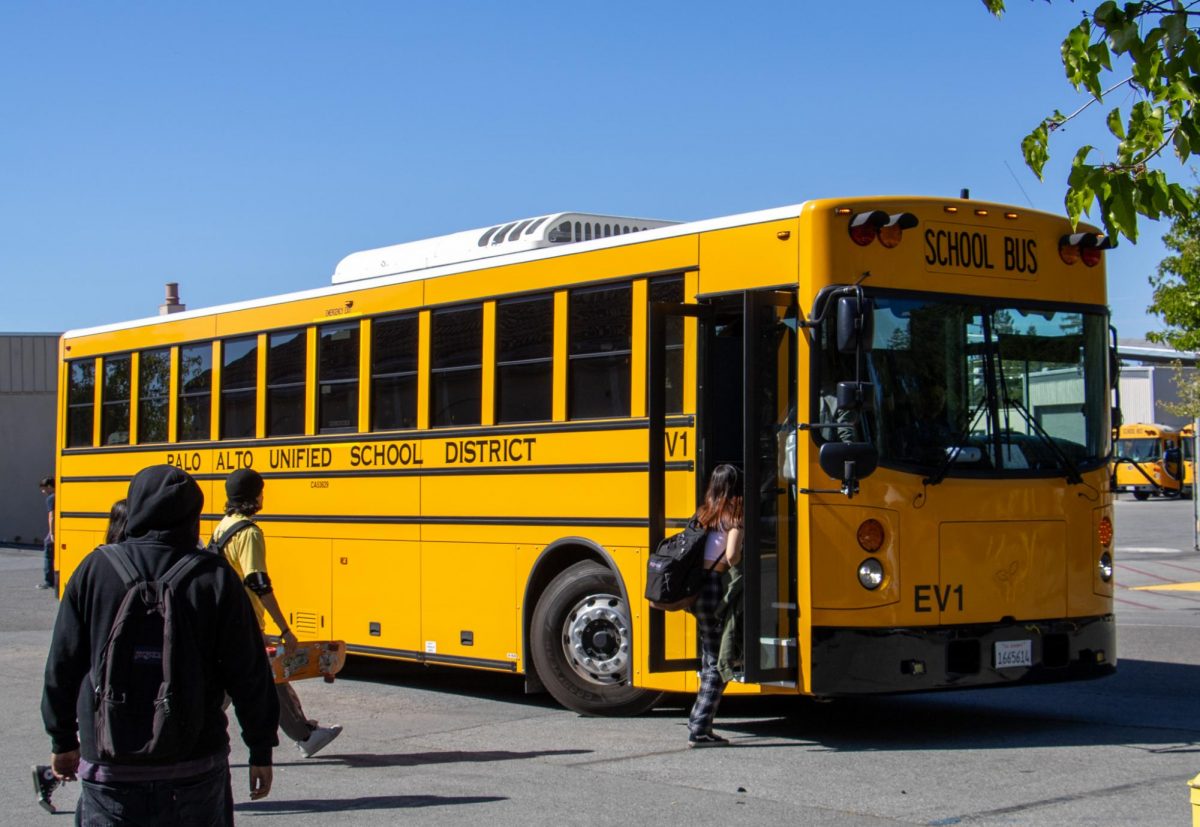As you line up on a blistering Sunday at SomiSomi, a popular dessert spot among Palo Alto High School students in downtown Palo Alto, you pay for your soft-serve on a digital kiosk that only accepts contactless payment. With the convenience of the kiosk and without the hassle of rummaging through your wallet for cash, a simple tap of a credit card quickly gets you your food. It is because of interactions like this that SomiSomi has been operating entirely on cashless kiosk payments since its opening in mid-August last year.
Driven by technological advancements and heightened hygiene awareness, many local businesses and restaurants are ditching traditional cash registers in favor of digital ordering kiosks, signaling the replacement of cash with other means of payment like credit cards or Apple Pay. What started as an industry boom fueled by businesses reopening during the pandemic and the thriving e-commerce industry has continued growing. From 2019 to 2021, the total volume of cashless payments per year went up 14% to nearly 200 billion, according to the Bank for International Settlements.
According to SomiSomi manager Rochelle Gatus, in the restaurant industry, the trend of going cashless is not just a response to the global health crisis but a trend towards digital approaches that enhance customer convenience.
“It’s a lot easier for an employee to facilitate the transaction because they can help [customers] when they’re confused,” Gatus said.
Restaurants can also track a larger volume of cashless transactions, making it easier for businesses to manage finances and prevent fraud.
“Going cashless makes it a lot simpler for the business to handle finances,” Gatus said. “In a different business, you would be counting cash for maybe an hour after closing, but here, everything is logged.”
However, opting for kiosks still poses some problems for businesses, such as excluding customers who can only pay with cash or making ordering harder for less technologically savvy consumers.
“To some degree, you lose out on some customer base, such as middle and high school kids, or the elderly who don’t have a [credit] card or phone app set up,” Gatus said. “I have had people walked away because we could not take their cash, and they just didn’t have access to a digital payment system.”















